Wastewater Treatment Processes: A Complete Overview
Treating wastewater is essential for protecting public health, preserving the environment, and enabling water reuse.
Whether in municipal plants or industrial facilities, modern wastewater treatment processes combine physical, chemical, and biological methods to remove contaminants and produce clean effluent.
This article provides a practical overview of key treatment stages and how each contributes to an effective system.
🔹 1. Preliminary Treatment
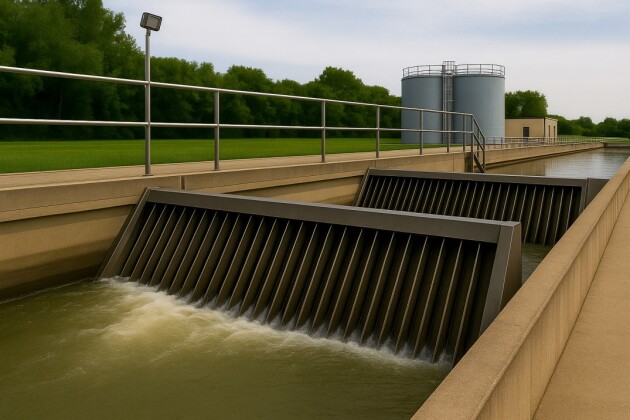
The first stage removes large debris and materials that can damage equipment or clog downstream processes.
Screening: Mechanical screens capture large solids like plastics, cloth, or wood.
Grit Removal: Sand, gravel, and other heavy inorganic particles are settled out in grit chambers.
Goal: Protect pumps, valves, and biological tanks from physical damage or overload.
🔹 2. Primary Treatment
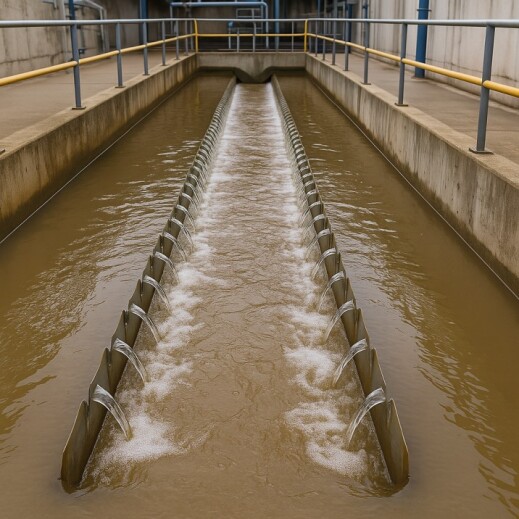
Primary treatment focuses on removing suspended solids and organic matter through sedimentation.
Primary Clarifiers allow wastewater to sit undisturbed so heavier solids settle as sludge, while lighter materials float and are skimmed off.
Outcome: Up to 60% of suspended solids and ~30% of BOD (biochemical oxygen demand) removed.
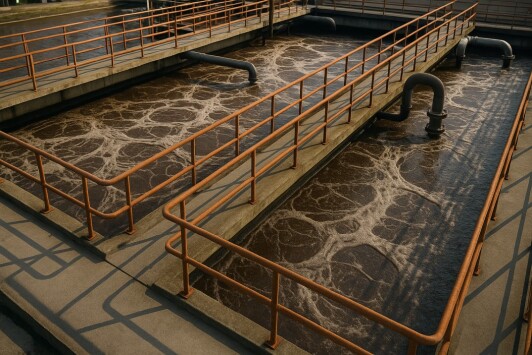
🔹 3. Secondary (Biological) Treatment
This is the core of most wastewater treatment systems — using microorganisms to digest dissolved and suspended organic matter.
Activated Sludge Systems: Aeration tanks mix wastewater with oxygen and microbial biomass (sludge). After treatment, clarifiers separate the treated water from the biomass.
Trickling Filters or MBBR: Water passes over media colonized by microbes.
Sequencing Batch Reactors (SBRs): Perform treatment in timed cycles inside a single tank.
Outcome: Removes ~85–95% of BOD and organic pollutants.
🔹 4. Tertiary (Advanced) Treatment
Tertiary treatment further polishes the water to meet specific discharge or reuse standards.
Filtration: Sand filters, disk filters, or membrane systems remove remaining fine solids.
Nutrient Removal: Targets nitrogen and phosphorus through biological or chemical means.
Activated Carbon: Removes micropollutants, odors, and color.
Reverse Osmosis (RO): Used in high-purity or water reuse applications.
Tertiary treatment is optional but often required for sensitive environments or non-potable reuse.
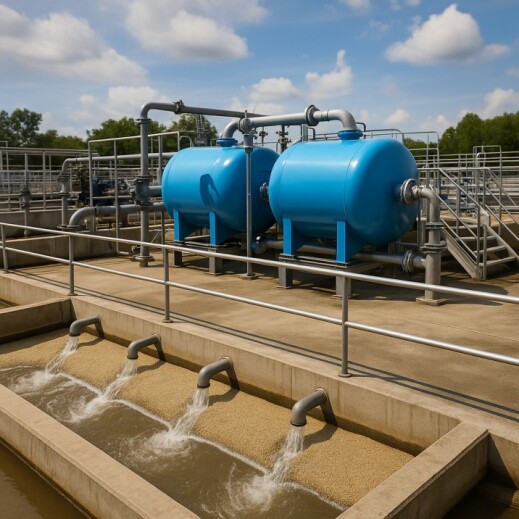
🔹 5. Disinfection
Before discharge or reuse, water must be disinfected to eliminate pathogens.
Chlorination (with sodium hypochlorite or gas chlorine)
Ultraviolet (UV) Light
Ozonation
Disinfection ensures water is safe for human or environmental contact.
🔹 6. Sludge Handling
Solids removed during treatment must also be processed.
Thickening: Reduces volume by removing excess water.
Digestion: Stabilizes organic matter (aerobic or anaerobic).
Dewatering: Uses centrifuges or belt presses to further reduce volume.
Final Disposal: Land application, composting, incineration, or landfill.
Proper sludge management reduces environmental impact and may generate biogas for energy recovery.
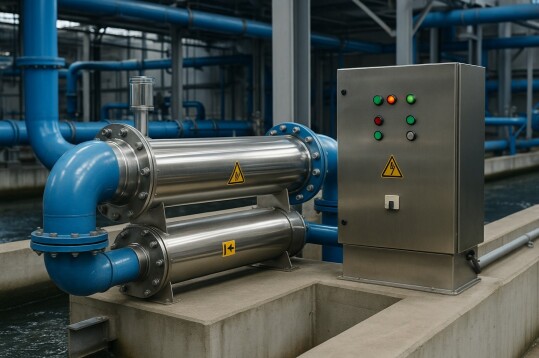
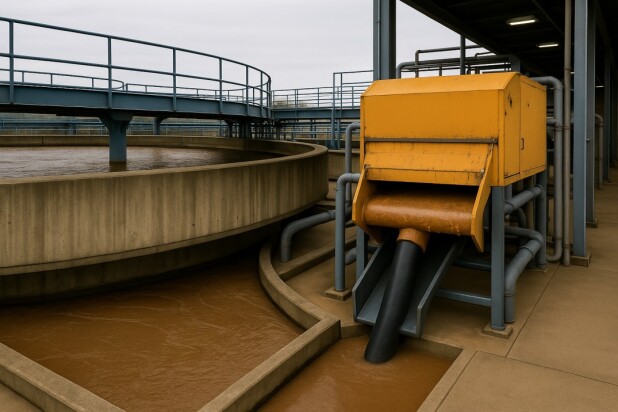
Conclusion
Wastewater treatment is a multi-step process that transforms contaminated water into safe effluent. From initial screening to biological digestion and disinfection, each stage plays a critical role. Understanding these processes is essential whether you operate a treatment plant, manage industrial discharge, or supply treatment equipment.




